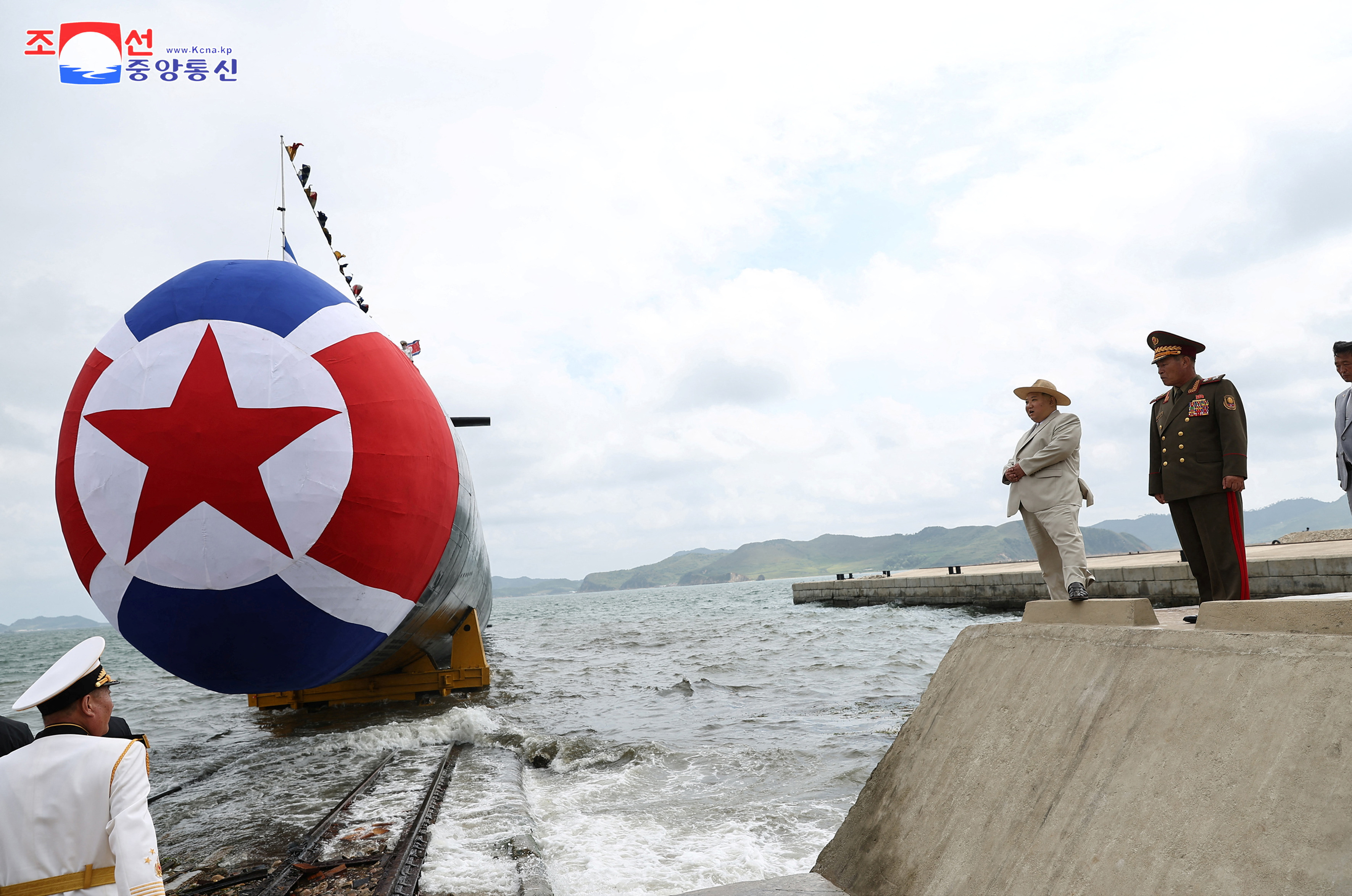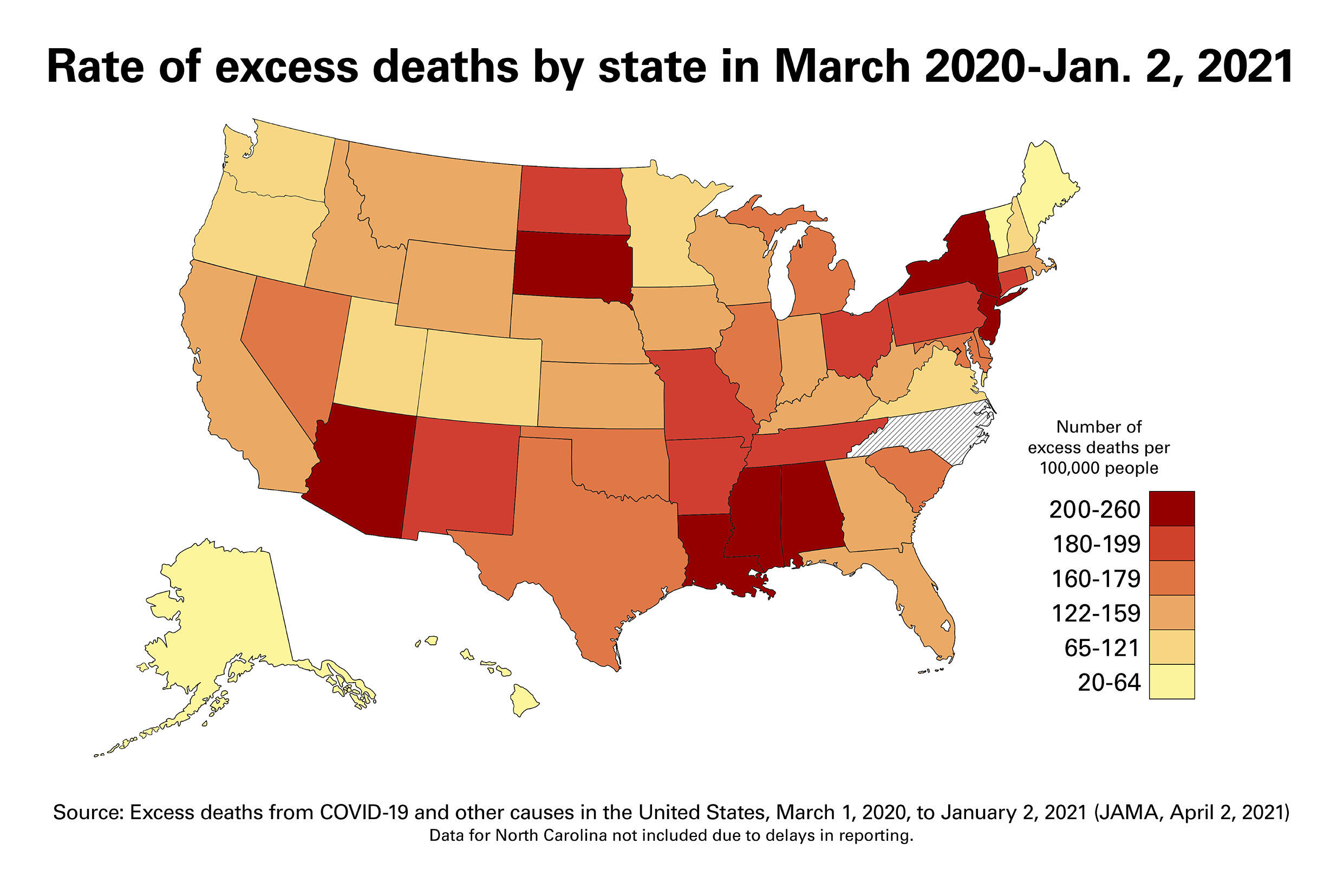| Introduction |
| The relationship between North Korea and the United States has been fraught with tension for decades. Recent developments continue to highlight the ongoing friction, with North Korea escalating its military activities and rhetoric against the U.S. In this article, we will explore the latest news, international reactions, and the broader historical context surrounding these tensions. |
| Recent Developments |
| Nuclear Testing and Military Exercises |
| North Korea has ramped up its nuclear testing and military exercises in recent months, raising alarms in the international community. Recent missile launches have demonstrated advancements in technology, including intercontinental ballistic missile capabilities that could potentially reach the U.S. mainland. These actions are seen as provocative and have prompted condemnation from the United States and its allies. |
| Rhetoric from North Korean Leadership |
| The https://nmweek.com/ leadership, under Kim Jong-un, has increased its hostile rhetoric, often framing the U.S. as a primary adversary. State media has published numerous articles accusing the U.S. of imperialism and threatening North Korean sovereignty. This narrative is designed to bolster national pride and unify the population against a perceived external threat. |
| International Reactions |
| Responses from the United States |
| In response to North Korea’s escalations, the U.S. has reaffirmed its commitment to defending its allies in the region, particularly South Korea and Japan. Diplomatic efforts have included sanctions aimed at curbing North Korea’s nuclear ambitions, alongside military readiness to counter any potential threats. The Biden administration has also emphasized the importance of working with allies to address the situation collaboratively. |
| Global Impact and Reactions |
| The international community remains concerned about the implications of North Korea’s actions. Countries like China and Russia have urged for dialogue and a peaceful resolution, although their alliances with North Korea complicate the dynamics. The potential for destabilization in East Asia could have far-reaching consequences, affecting global security and economic interests. |
| Historical Context |
| Past Conflicts and Negotiations |
| The history of North Korea-U.S. relations is marked by conflicts and failed negotiations. Key events, such as the Korean War and subsequent nuclear talks, have shaped the current landscape. Previous agreements have often collapsed, leading to cycles of provocation and response. Understanding this history is crucial in analyzing current tensions. |
| The Role of Allies and Adversaries |
| The involvement of allies and adversaries plays a significant role in shaping the North Korea-U.S. dynamic. South Korea and Japan are critical allies, while China’s influence complicates the situation. North Korea often relies on its relationship with China for support, which can affect the U.S. strategy in the region. |
| Future Outlook |
| Potential for Diplomacy |
| While tensions are high, there are opportunities for diplomatic engagement. Previous talks, although unsuccessful, showed that dialogue is possible. The international community remains hopeful that renewed efforts could lead to a de-escalation of hostilities and a path toward denuclearization. |
| Escalation Risks |
| Conversely, the risk of escalation remains significant. Miscommunication or miscalculation on either side could lead to unintended consequences. The potential for military conflict, while not inevitable, is a concern that underscores the importance of careful diplomacy and engagement. |
| Conclusion |
| The relationship between North Korea and the United States continues to be a source of tension and uncertainty. Recent developments highlight the challenges and risks inherent in this dynamic. As the situation evolves, ongoing monitoring and engagement will be crucial in seeking a peaceful resolution and ensuring stability in the region. |




